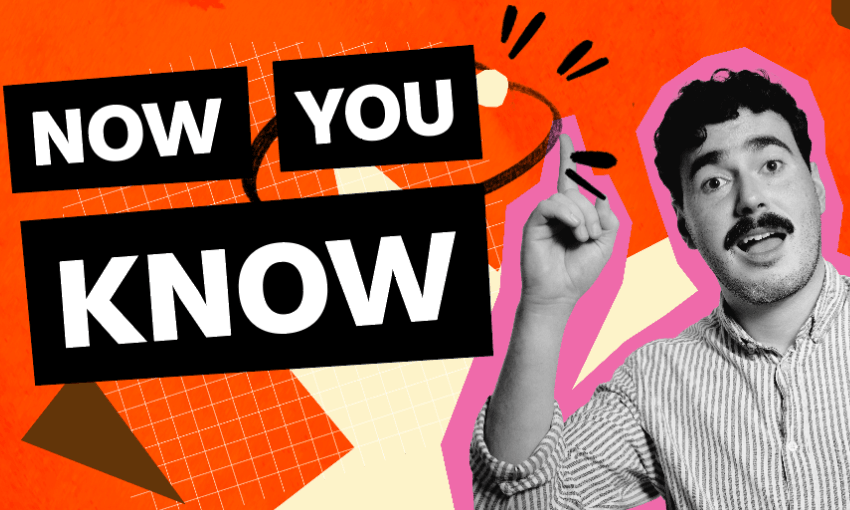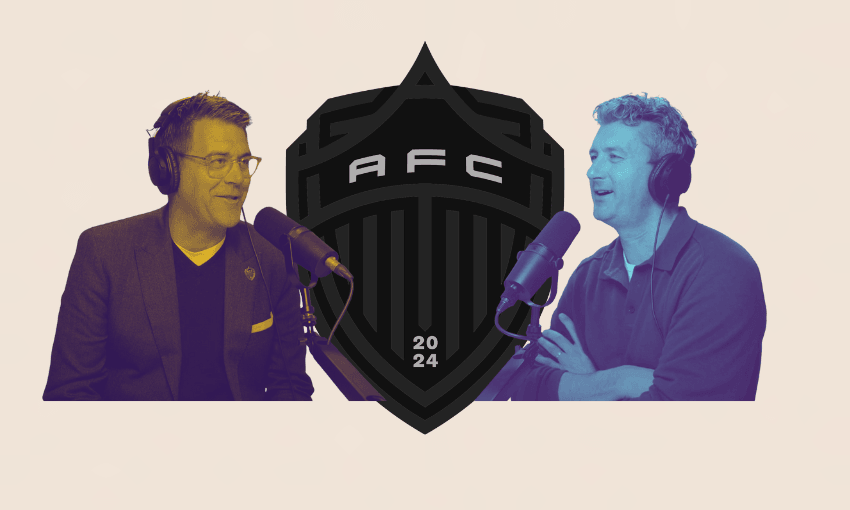This week we launch Now You Know, a video series explaining issues that matter to young people. Head of audience Anna Rawhiti-Connell explains why.
Last week, I was brainstorming something and threw a few stats on social media use and attention into Gemini. The AI yelled its summary back at me with this headline: “THE ATTENTION APOCALYPSE”. We all know generative AI has bias, and that includes one towards bad news.
It’s hard to avoid headlines full of worry and fear about everything these days, and that applies to ones about social media, media and journalism. “News avoidance” and “declining trust in media” have become phrases that roll quickly and easily off the tongues of those of us in biz, keeping many of us awake at night and in constant conversation about what it means and why.
The Reuters Institute Digital News report – compulsory reading for many in our industry, alongside the NZ On Air Where Are the Audiences survey – is rich with insight, and this year’s report presented a tipping point for news consumption behaviour among under-35s in the United States. Over half (54% of 18–24s and 50% of 25–34s) now identify social media and video networks as their main source of news. Globally, across all 48 markets surveyed, 44% of 18–24-year-olds and 38% of 25–34-year-olds cite social media and video networks as their primary news source. New Zealand is not one of the markets surveyed, and we have our unique news landscape, but it’s safe to assume these trends are being replicated here. The 2024 Where Are the Audiences survey showed global video sharing platforms (YouTube, Facebook, Instagram, TikTok) reach 90% of 15-24-year-olds.
These findings are often presented in concerning tones, for many good reasons. Sometimes they’re framed as a lack of engagement with news as we’ve known it among younger people, or patronisingly, as indifference. If you’ve spent any time on #nzpol TikTok or watching YouTube essays, you know that isn’t true.
There are always reasons to worry about where people get their information and the dominance of global tech companies. Sources have split into thousands of tributaries, people are more polarised, and the phrase “post-truth” has been in widespread circulation for nearly a decade.
There are also opportunities to change and meet people where they are. Describing the battle for control of your screen between Netflix and YouTube, and referencing the old go-to for the entertainment industry, “content is king,” a talent executive for William Morris recently said, these days “audience is king”.
There isn’t a silver bullet for addressing many of the challenges the industry faces and the problems a highly fragmented information environment creates. Fuelling our appetite for innovating, coming down from the mountain and meeting people where they are are just some of the things we can do.
Now You Know, the new video explainer series we’re launching today, is about meeting people where they are. Aimed at young people between the ages of 18-24, its goal is to create reliable, regular and relevant news explainers about issues that matter to young people. Another vital component part is a reliable and regular face at the helm each week.
That’s where Robbie Nicol comes in. Well known to audiences as the creator of the award-winning political commentary web series White Man Behind A Desk and writer and host of RNZ’s The Citizen’s Handbook, he’ll be writing and fronting a lot of the videos, with appearances from the wider team at The Spinoff.
If video isn’t your thing, you’ll find nothing much about The Spinoff changes. If it is, people of all ages are welcome to watch.
With the boring bit over, I’ll leave it to a superior explainer, Robbie, to tell you what Now You Know is and where you can watch it.
Now You Know can be watched on TikTok, Instagram, YouTube Shorts, Facebook and on site.





